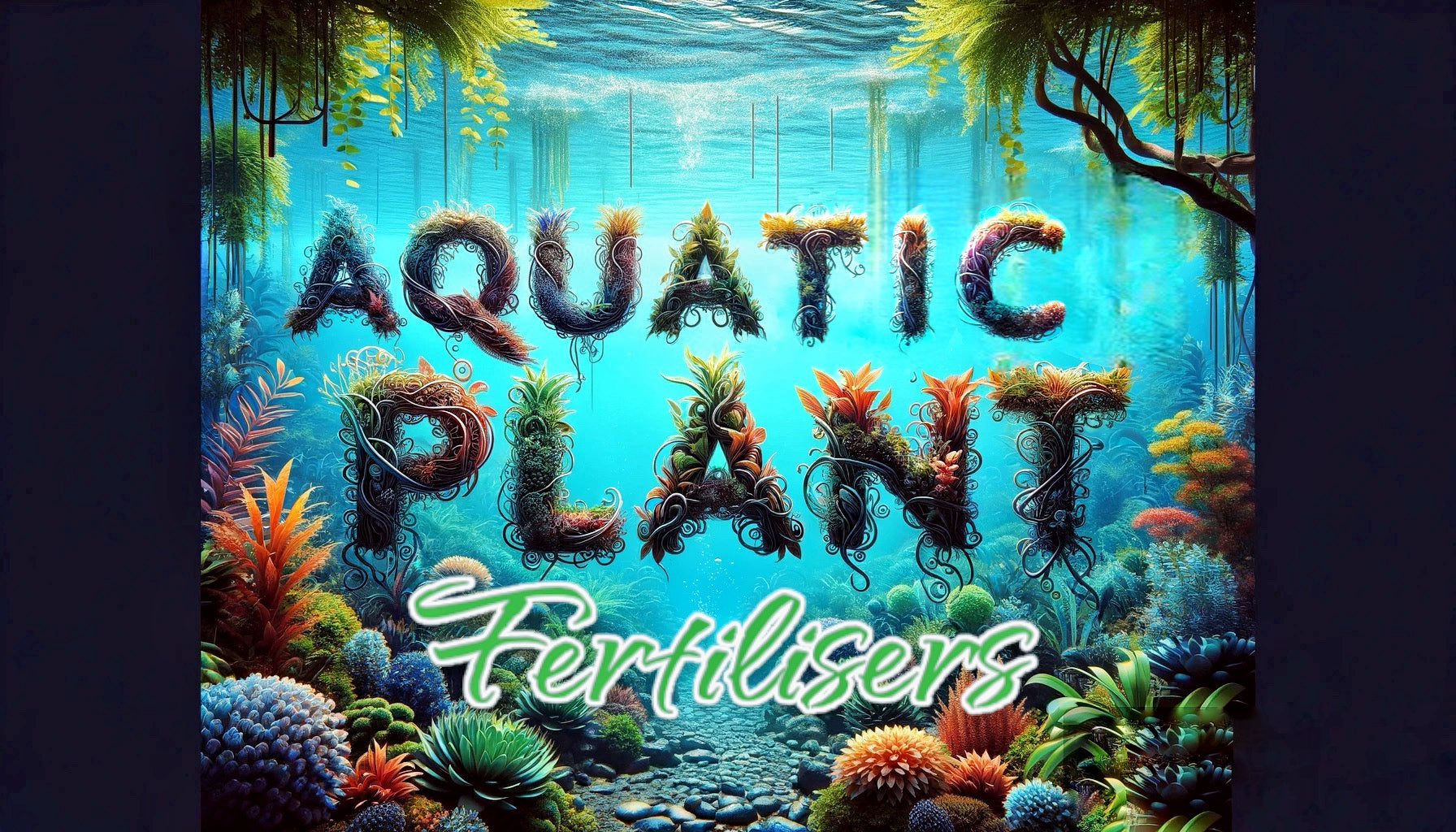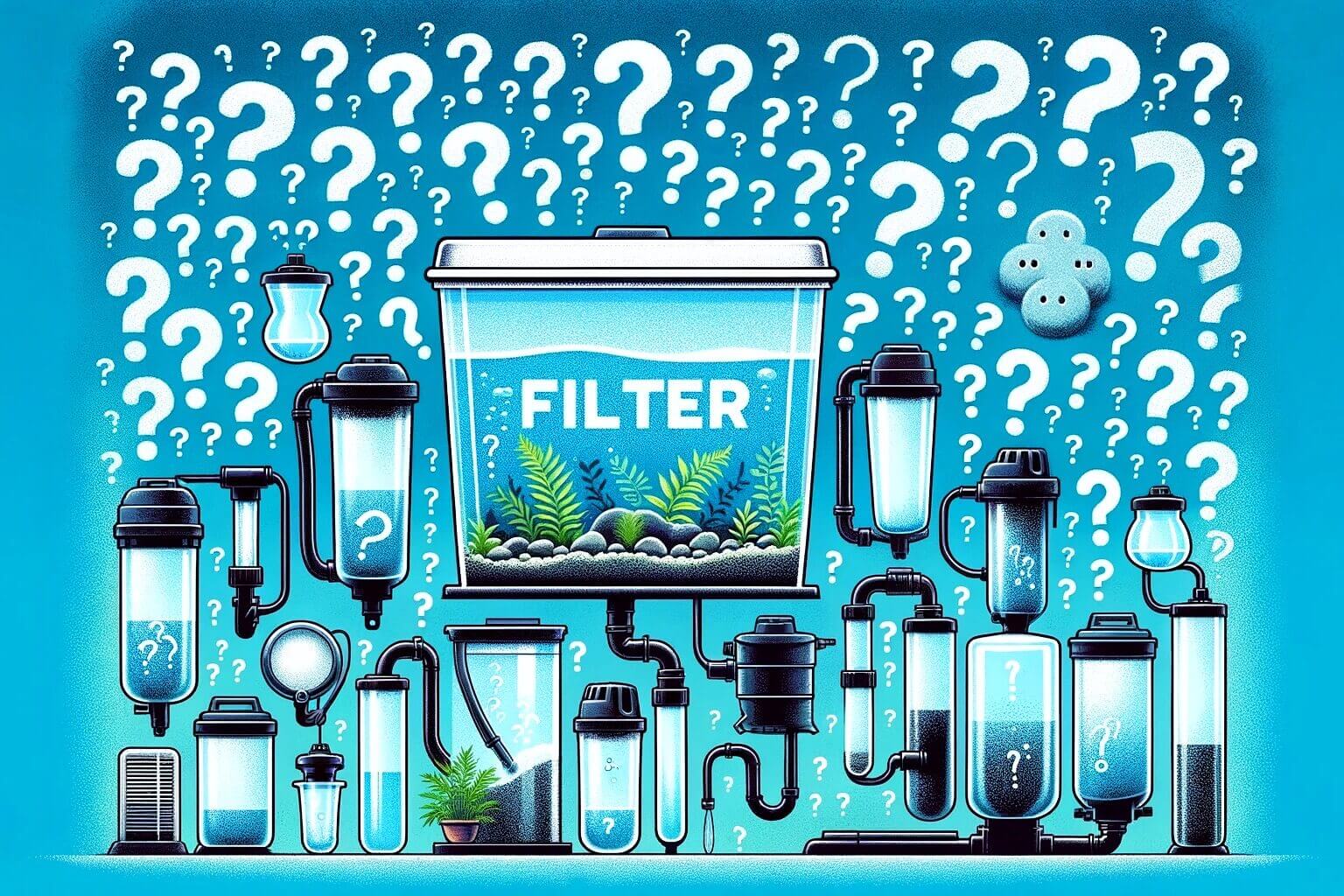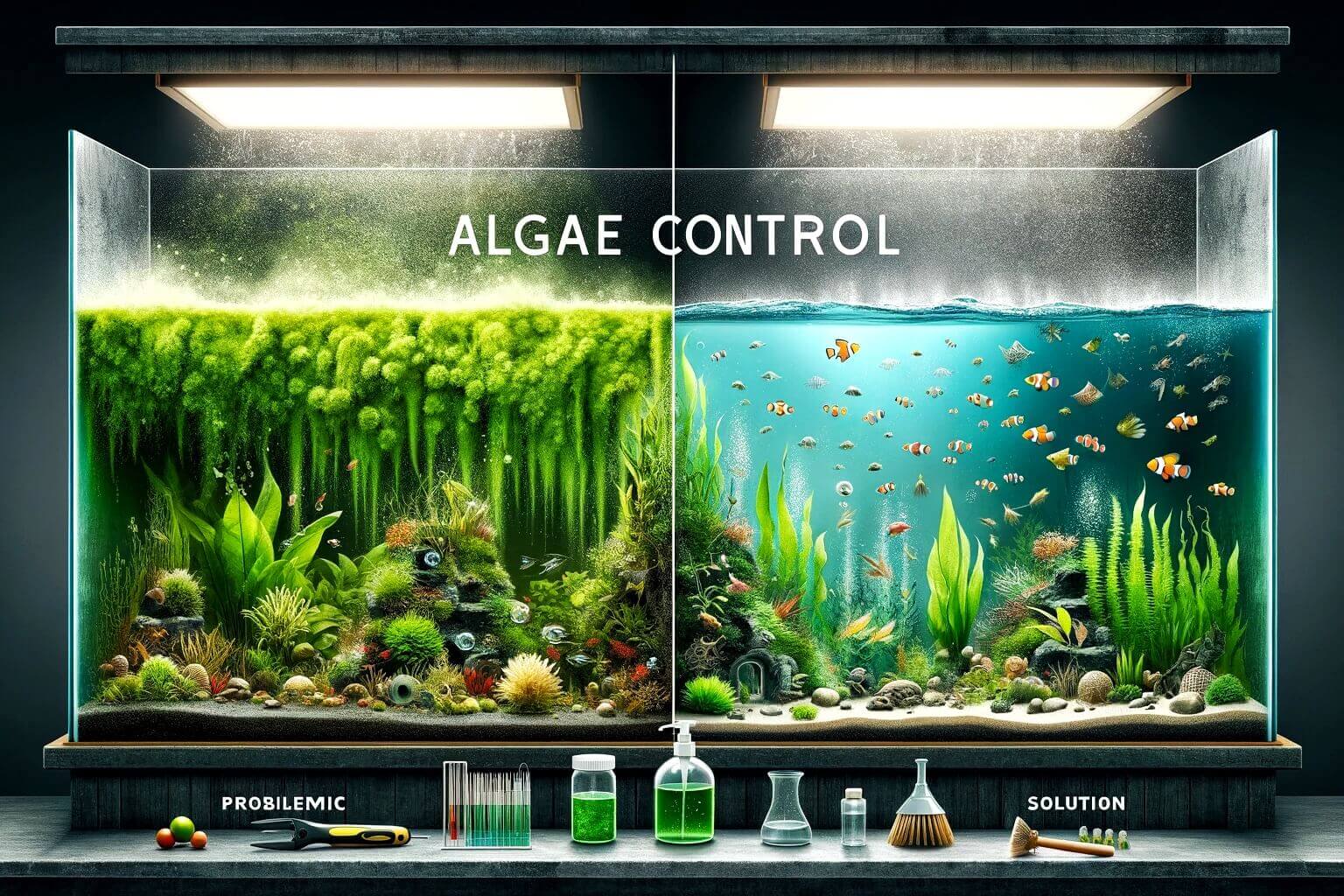The Importance of Aquatic Plant Fertilisation
In the realm of aquarium keeping, plants not only contribute to the aesthetic appeal of a tank but also play a vital role in creating a balanced ecosystem. However, for aquatic plants to flourish, they require appropriate nutrition, underscoring the significance of plant fertilisation. Understanding the essentials of aquatic plant fertilisation is key for anyone aspiring to maintain a vibrant and lush planted aquarium.
Essential Nutrients for Aquatic Plants
Aquatic plants need a range of nutrients for photosynthesis, growth, and reproduction, broadly categorised into macronutrients (nitrogen, phosphorus, potassium) and micronutrients (iron, magnesium, calcium, and trace elements). While fish waste and decomposing organic matter can supply some of these nutrients, supplemental fertilisation is often necessary to fulfil the comprehensive nutritional demands of densely planted tanks.
Benefits of Proper Fertilisation
1. Enhanced Plant Growth: Supplying a complete spectrum of essential nutrients encourages robust plant growth, leading to denser and more vibrant foliage.
2. Improved Water Quality: Healthy plants contribute to nutrient cycling, absorbing nitrates and phosphates that could otherwise foster algae growth. This natural filtration aids in maintaining clearer, cleaner water.
3. Algae Control: A well-fertilised planted tank can outcompete algae for nutrients, significantly mitigating its presence and fostering a healthier aquatic environment.
4. Habitat Enrichment: Luxuriant plant growth offers superior shelter and breeding grounds for fish and invertebrates, improving their wellbeing and natural behaviour.
Types of Fertilisers
1. Liquid Fertilisers: Suitable for providing micronutrients and straightforward to apply, liquid fertilisers are well-suited for tanks housing both root-feeding and column-feeding plants.
2. Root Tabs: Pressed fertilisers placed in the substrate to directly nourish root-feeding plants, offering a sustained nutrient release over time.
3. Substrate Additives: Certain substrates are pre-infused with nutrients, or can be augmented with additives, to create a nutrient-rich environment for plant roots from the outset.
Fertilisation Tips
• Test Your Water: Routine testing can help identify nutrient deficiencies and tailor your fertilisation regimen, preventing over or under-fertilisation.• Follow Dosage Instructions: Over fertilisation can be detrimental to your tank’s inhabitants and promote unwanted algae proliferation. It’s crucial to adhere to the recommended dosages.
• Observe Plant Health: Indications such as yellowing leaves, stunted growth, or pale colouration can signal nutrient deficiencies, helping you determine what your plants may be lacking.
Incorporating a strategic approach to fertilisation into your aquarium maintenance can profoundly influence the health of your aquatic plants and, consequently, the overall balance of your aquarium ecosystem. By understanding and addressing the nutritional needs of your plants, you can cultivate a thriving planted tank that benefits both its vegetative and animal residents.












